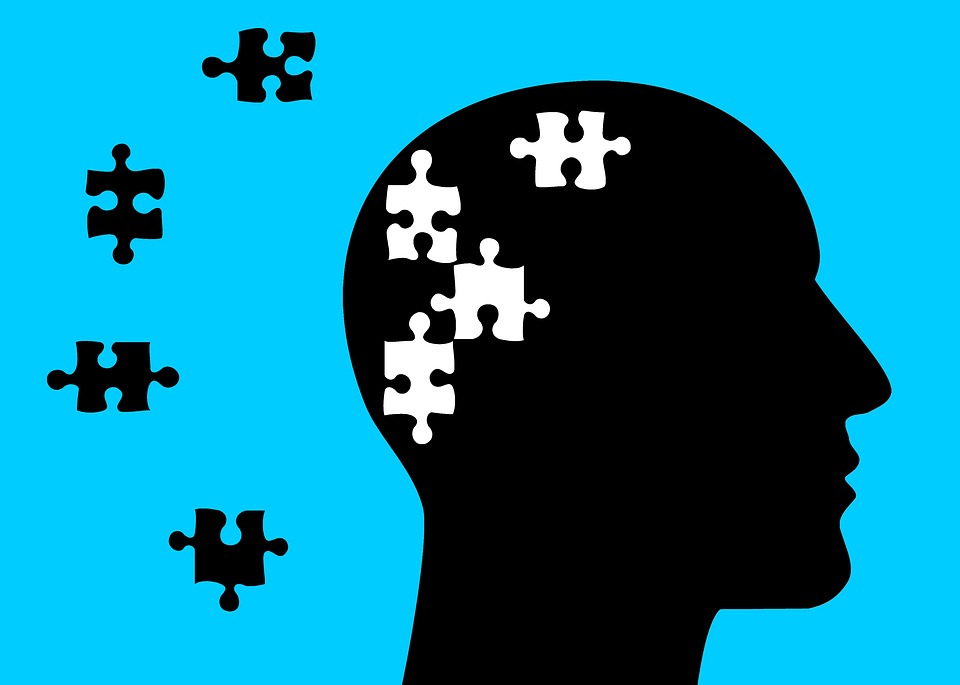
Perhaps you can sit down and explore your mind to see where you can make changes for the better. Perhaps you may make a good measure of headway, yet along your journey, you may stumble. This is because you do not fully understand the brain. Or how it works, which means you cannot fully understand the full ability of your mental mind.
Think of your mind as that of a swindling mechanism. The brain has cavities that make room for trickery. The deal is however, the heart is the source where this trickery arrives. Thus, your mind has the ability to either fall for the deceptions of the heart, or else explore other options to live a productive life.
Our mentality gives us the ability to balance our actions or behaviors, in addition to our emotions. We have electrical and chemical signals that submit triggers to us that we exploit either beneficially or not.
These electrifying signals remarkably transmit data/information to elected areas within our neurology structure and our chemicals then signals information transferring amidst nerve systems.
Now we have a chain reaction going on, since the target neurotransmitters made up of diminutive molecules strike unconventional areas of the brain, i.e. the presynaptic neurons.
What happens is sometimes the information is too weighty for the conscious mind to store it, so the subliminal mind will hide messages within its cavity.
Here is the chain reaction in motion. Since sparks directly or indirectly depolarized or hyperpolarized, at this point maybe activated, sending secondary messengers that finally change our firing rates. These molecules serve as nerves that alters the brain’s firing abilities, yet act as distant relatives that do not correlate with our synaptic transmitters, known as neuromodulators.
Our mental or brain balance plays a part in our ability to function. Acting as receptors, neurotransmitters submit trans- of proteins from the membrane that compose cellular sites that join with these neurotransmitters.
These neurotransmitters then create cell bodies that submit messages to our terminal synaptic of axons. Here encapsulated vesicles close regions around the synaptic where compartments combine the brain that functions as our intended purposes.
The brain then joins with the central nervous system, which makes up our peripheral system and spinal cord. At the time this area is irritated our brain will not properly manage stress.
Our autonomic and somatic subsystems the join to union with the peripheral that
channels to our sensory nerves, sending messages to the dorsal roots and our
cranial ganglia. This innervates our joints, muscles, and skins where processes
allot us signals from sensory that strike the nervous system.
Our subsystems autonomic acts in harmony with the motor sensors serving our viscera that relax our exocrine glands and muscles. We have 3 major subdivisions within the brain that makes up our sympathetic responders that control our stress. Our parasympathetic unit conserves our resources and is useful for restoring our homeostasis. Our enteric controls our bodily functions by smoothing the guts muscles.
In summary, our autonomic subdivision is a control unit to our motor systems that plays a vital part of how we behave. Our environment plays a part in the way we behave too.
Our cerebral (intellectual) cortex processes with out sensory information or correlative motor productivity that controls our movement. The intellectual rind divides into two apparatus known as our tertiary (third) sensory and/or motor regions.
The audio-visual unit composes our somatic, auditory, gustatory, (taste buds – audio-visual) perspectives, which allots the brain to welcome information that emerges from our peripheral (sense organs) receptors.
Having a basic understanding of how the brain works can help you to spot changes that occur from these actions. When you notice or become aware of something, you can move to change it effectively. The processes of learning you involves sitting down and thinking.



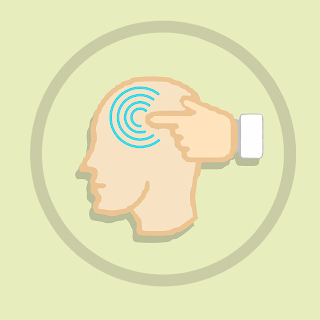







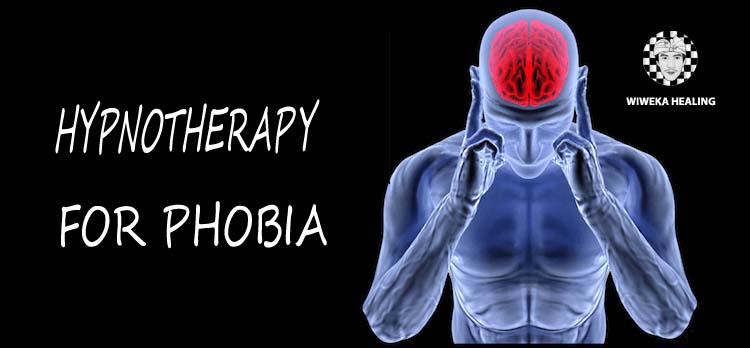

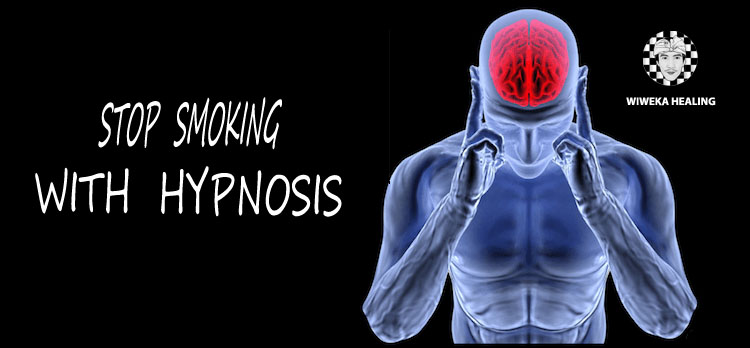
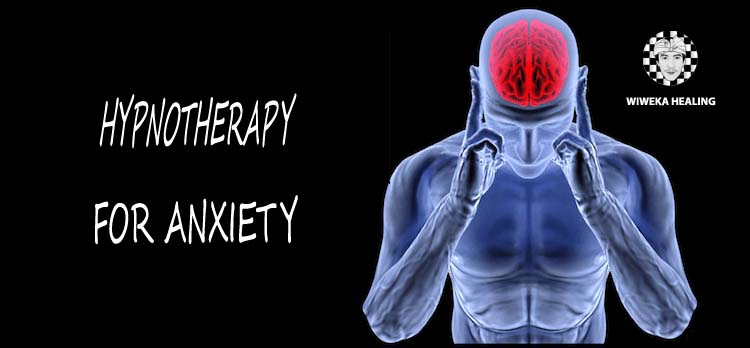
Leave a Reply